What Plants Are You Recommending This Year, And Why?
Ross NW Watergardens
8 years ago
Featured Answer
Sort by:Oldest
Comments (6)
gardengal48 (PNW Z8/9)
8 years agoRoss NW Watergardens
8 years agoRelated Professionals
Oatfield Landscape Architects & Landscape Designers · Paradise Landscape Architects & Landscape Designers · Berkley Landscape Contractors · Brookline Landscape Contractors · Coeur d'Alene Landscape Contractors · Fairfield Landscape Contractors · Gloucester Landscape Contractors · Miller Place Landscape Contractors · Mission Viejo Landscape Contractors · Northport Landscape Contractors · Overland Park Landscape Contractors · Setauket-East Setauket Landscape Contractors · Smyrna Landscape Contractors · Stony Brook Landscape Contractors · Glenview Driveway Installation & MaintenanceRoss NW Watergardens
8 years agoEmbothrium
8 years agolast modified: 8 years ago
Related Stories
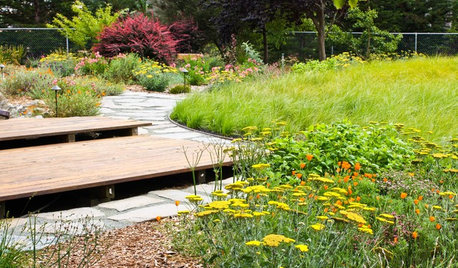
GARDENING GUIDES8 New Ways to Garden This Year
A successful garden means knowing the plants, the wildlife and yourself
Full Story
GARDENING GUIDES8 Native Shrubs for Year-Round Bird Feeding
It’s not just about berries. These plants provide insects for birds and seasonal interest for gardeners
Full Story
FALL GARDENINGReflecting on a Gardening Year
Mistakes and successes, surprises and comforts. The garden helps us grow in new ways every year
Full Story
FURNITUREUse Wicker and Rattan for a Tropical Flavor All Year Round
Find out more about what separates — and unites — these classic materials
Full Story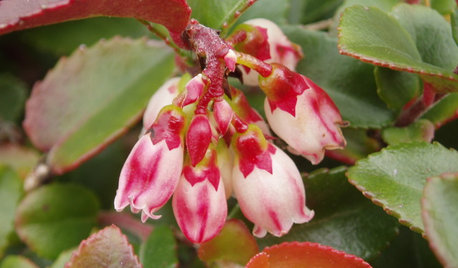
GARDENING GUIDESGreat Design Plant: Evergreen Huckleberry Appeals All Year
Spring flowers and summer berries are only half the story with Vaccinium ovatum, a versatile Pacific Northwest native plant
Full Story
NATIVE PLANTS5 Ways to Keep Your Native Plant Garden Looking Good All Year
It’s all about planning ahead, using sustainable practices and accepting plants as living organisms
Full Story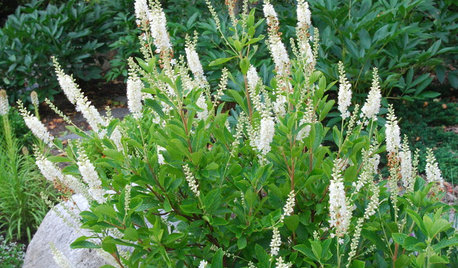
GARDENING GUIDESGreat Design Plant: Coastal Sweet Pepperbush Perfumes Gardens All Year
Bottlebrush blooms, gorgeous fall color and delightful fragrance give this U.S. native shrub 4-season appeal
Full Story
GARDENING GUIDESGreat Design Plant: Snowberry Pleases Year-Round
Bright spring foliage, pretty summer flowers, white berries in winter ... Symphoricarpos albus is a sight to behold in every season
Full Story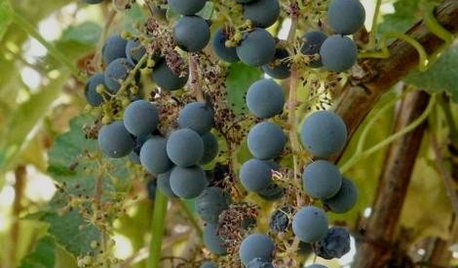
GARDENING GUIDESGreat Design Plant: Try California Wild Grape for Interest All Year
Sure, it’s stunning in fall. But the spring buds, summer grapes and gnarled winter vines are gorgeous too
Full Story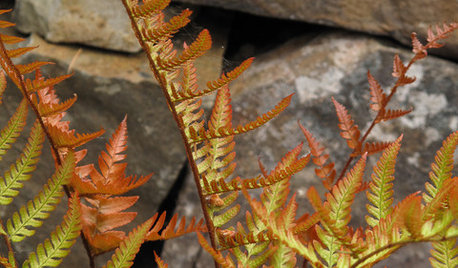
GARDENING GUIDESGreat Design Plant: Autumn Fern Adds Color All Year
Use this evergreen, easy-care fern for soft texture and coppery tints in container gardens and the landscape at large
Full Story





gardengal48 (PNW Z8/9)